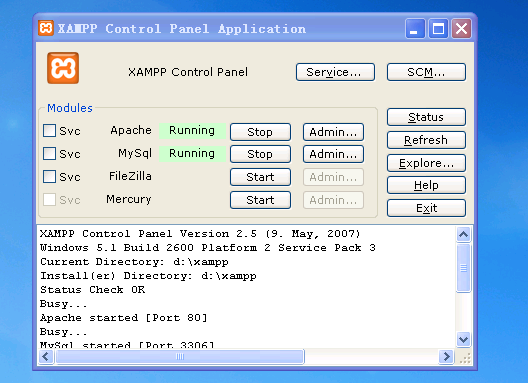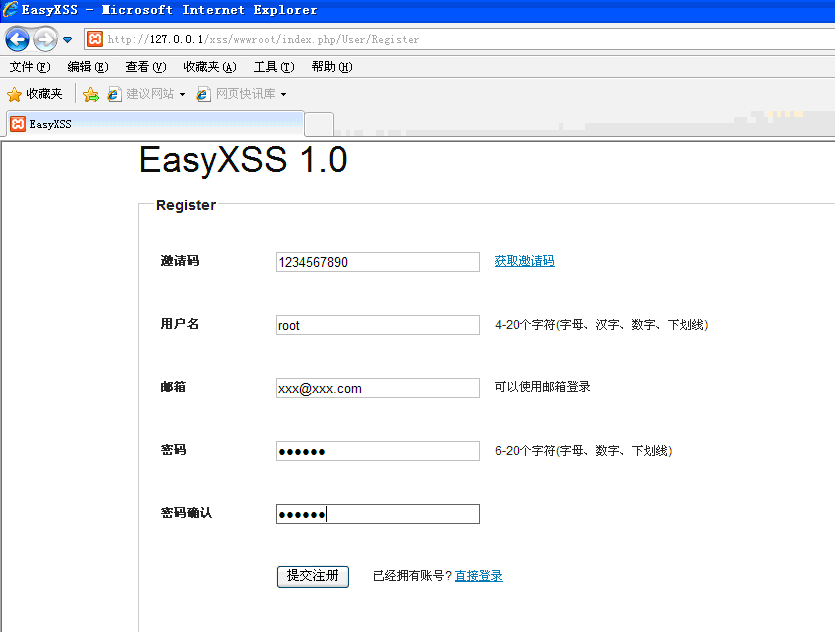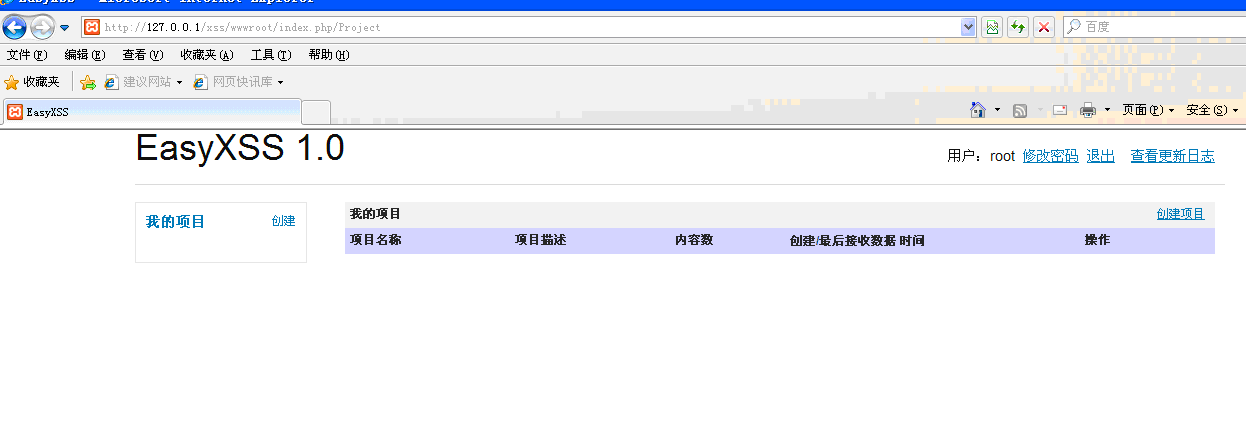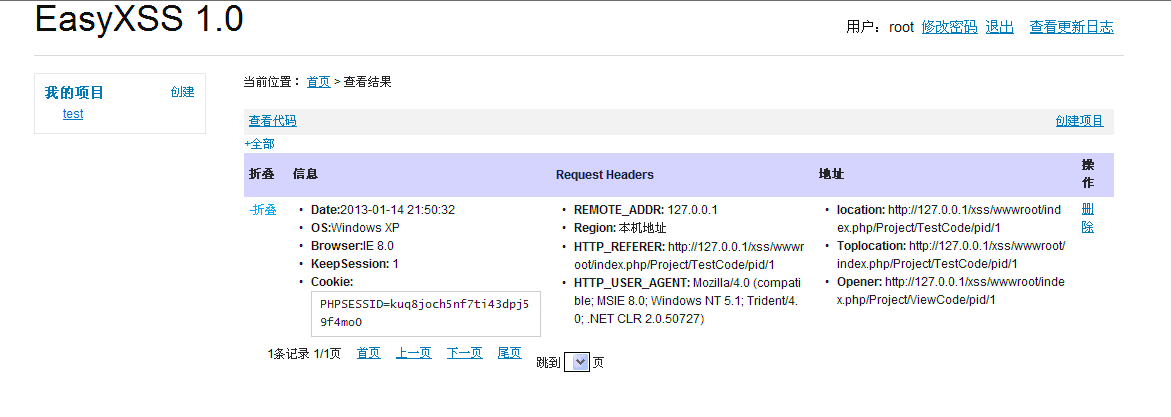以后,争取每天写一个工作除外的程序,练习练习代码能力。主要是方便自己看,不是学习系列,误伤莫怪。
上代码了
root@bt:~/c/network# cat server.c #include#include #include #include #include #include #include #include #include int main(int argc, char *argv[]) { struct sockaddr_in server_addr; struct sockaddr_in client_addr; int port; int sin_size; int sockfd, new_sockfd; char hello[]="hello,world for inetd"; if(argc != 2) { fprintf(stderr, "[Usage:] %s postan", argv[0]); exit(1); } port = atoi(argv[1]); printf("port=%dn", port); if((sockfd = socket(AF_INET, SOCK_STREAM, 0)) == -1) { fprintf(stderr, "socket error %san", strerror(errno)); exit(1); } int n = 1; setsockopt(sockfd, SOL_SOCKET, SO_REUSEADDR, &n ,sizeof(n)); bzero(&server_addr, sizeof(struct sockaddr_in)); server_addr.sin_family = AF_INET; server_addr.sin_addr.s_addr = htonl(INADDR_ANY); server_addr.sin_port = htons(port); if(bind(sockfd, (struct sockaddr *)(&server_addr), sizeof(struct sockaddr)) == -1){ fprintf(stderr,"bind error %san", strerror(errno)); exit(1); } if(listen(sockfd, 5) == -1) { fprintf(stderr, "listen error %san", strerror(errno)); exit(1); } while ( 1 ) { sin_size = sizeof(struct sockaddr); if((new_sockfd=accept(sockfd, (struct sockaddr *)(&client_addr), &sin_size)) == -1) { fprintf(stderr, "accept error %san", strerror(errno)); exit(1); } fprintf(stderr, "server get connection from %sn", inet_ntoa(client_addr.sin_addr)); if(write(new_sockfd, hello, strlen(hello)) == -1) { fprintf(stderr, "write to client error %san", strerror(errno)); close(new_sockfd); continue; } close(new_sockfd); } close(sockfd); return 0; }
root@bt:~/c/network# cat client.c #include#include #include #include #include #include #include #include int main(int argc, char **argv) { struct sockaddr_in server_addr; int sockfd, port, nbytes; char buffer[1024]; struct hostent *host; if(argc != 3) { fprintf(stderr, "Usage:%s hostname port", argv[0]); exit(1); } if((host=gethostbyname(argv[1])) == NULL) { fprintf(stderr, "gethostbyname error %sna", strerror(errno)); exit(1); } if((port=atoi(argv[2])) < 0) { fprintf(stderr, "port input errorna"); exit(1); } if((sockfd=socket(AF_INET, SOCK_STREAM, 0)) == -1 ){ fprintf(stderr, "socket error %sna", strerror(errno)); exit(1); } bzero(&server_addr, sizeof(struct sockaddr_in)); server_addr.sin_family = AF_INET; server_addr.sin_addr.s_addr=inet_addr(argv[1]); server_addr.sin_port = htons(port); if(connect(sockfd, (struct sockaddr *)(&server_addr), sizeof(struct sockaddr )) == -1) { fprintf(stderr, "connect error %sna", strerror(errno)); exit(1); } if((nbytes=read(sockfd, buffer, 1024)) == -1) { fprintf(stderr, "read sockfd error %sna", strerror(errno)); exit(1); } buffer[nbytes]='0'; printf("buffer=[%s]n", buffer); close(sockfd); return 0; }
root@bt:~/c/network# cat Makefile
all:server client
server:server.c
gcc $^ -o $@
client:client.c
gcc $^ -o $@



